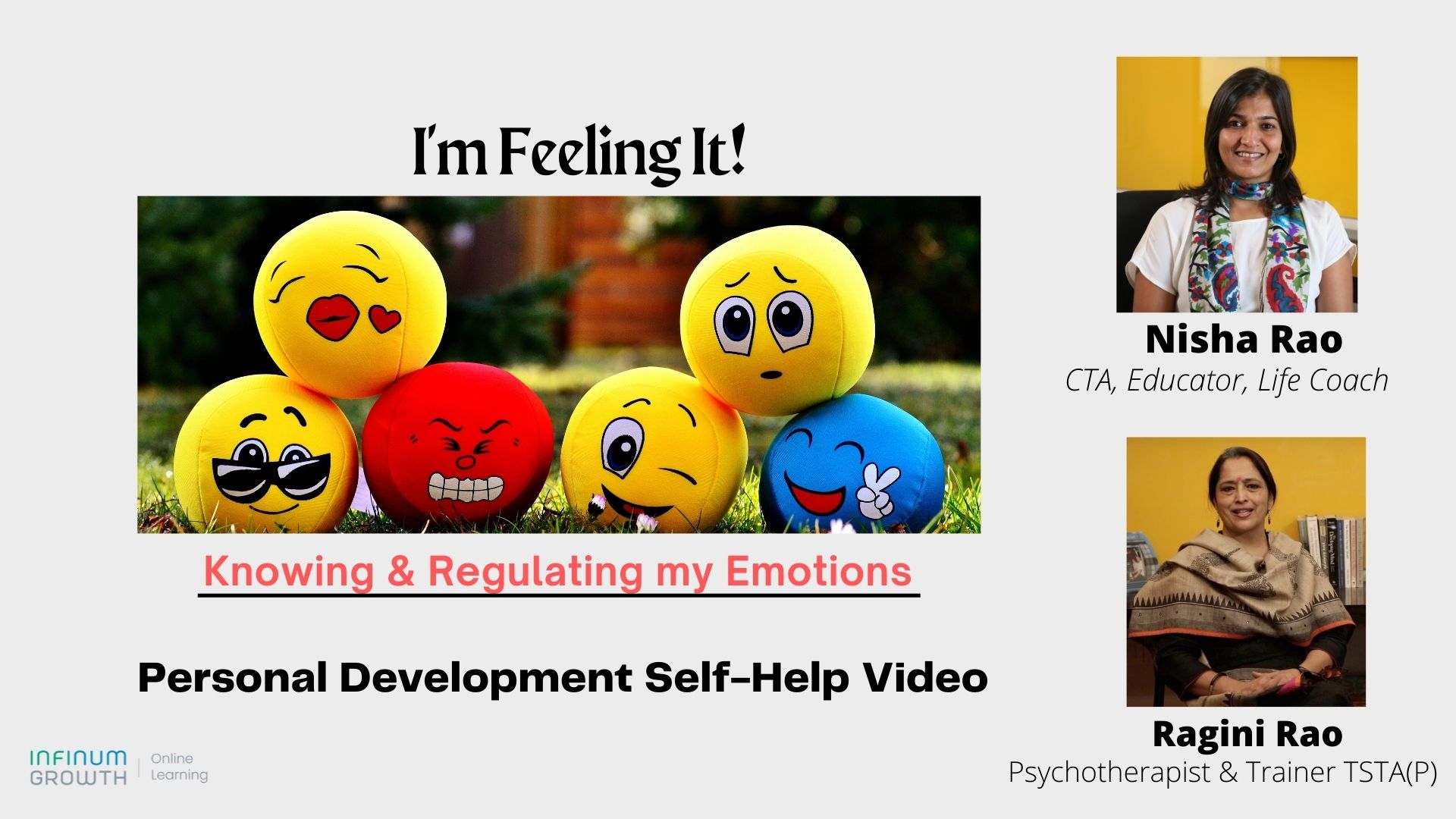After a long stint with large corporates in managing businesses, over the past few months I have been interacting and advising some startups. It was an interesting change from the structured and focused corporate world. I came across bright energetic people with lots of innovation and creativity and some brilliant product ideas; working hard to fulfill their dreams, more often, in a totally unknown, undefined, unstructured environment.
Many of them had even managed to get a seed round funding.
So with a brilliant product plan, some funds to get moving and with lots of hope in their hearts, they start their dream projects. In most cases, they have a successful build up of the product. But that’s where they seem to get stuck!
Few Startups manage to scale up well
When I sat back to look at the overall startup scenario in the country, a few things struck me.
- 99% of Start Ups seem to fail. It’s a guess, but I may not be too far off the mark.
- Out of the 1% who survive, 0.75% may grow to turnovers of $30 mn – $50 mn. The initial success gives them enough fire in their belly to drive for growth to higher levels. But most of them start struggling at this point, figuring out how to grow further and in the process, waste time hiring and firing senior team members, without any tangible results !!!
- Only 0.25% make it really big; they create a strong brand, build great momentum and become the focus of all media, market and investor attention.
Key differentiators of successful startups
So what differentiates this 0.25% from the rest?
My understanding, after talking to both, the successful and struggling startups, is as follows.
- 99% of the start ups exhaust their funds while creating their products. They are extremely emotional about their products and get so involved that they do not start business development activities early enough.
- While their business plans may carry phase wise sales targets, they are unable to create the right “Go To Market” Strategy for their product line – Should they go B2B or B2C ; Direct sales or distribution driven? No clear answers exist, mainly due to lack of adequate business experience.
- And by the time they have figured the right “Go to Market” strategy, they have exhausted their funds to execute the sales plan. The initial investors lose confidence and are not ready to fund further since they have not achieved their phase wise target.
The Successful Start Ups, on the other hand, seem to do things different.
- They keep at least 50% of their initial funding to create a robust Go To Market Strategy and Execute that strategy on ground.
- They work out the Sales Strategies in parallel to product development and thus save time. They get outside help and perspectives to understand the market and competitive scenario. They discuss and consult with key industry players at length and incorporate their advise, instead of holding all their cards to their chests.
- They work out which markets to penetrate and which organizations to approach, in a logical way and have clear 3 – 6 – 9 – 12 month mile stones. They have clear contingency plans and shift their Go To Market to plan B or C if they don’t achieve their desired results in their respective milestone deadline.
- The successful ones are also those, who are willing to challenge status quo in their businesses and are willing to experiment and change as they start growing. They realize that whatever formula has given them growth in the past might not translate into growth in the future. Plans need to be revisited and reworked time and again depending on market dynamics and competitive landscape.
To summarize – here are some key inputs startups could keep in mind –
- Well thought out and well defined short and long-term business goals
- Reasonable market research and inputs from experienced individuals
- Well identified target market segments
- A realistic sales achievement plan
- Enough funds set aside to execute sales & marketing efforts
- Plan B and C to back up the main plan
- A well thought out plan to counter/avoid competition that may come up
- Best use of resources- stay cost conscious and conserve funds till a little beyond take off point
Mr./Ms. Start Up- You have shown courage – You Dreamt, You Dared – Now plan and execute well to achieve your dreams!
Please do leave your comments at the bottom and do share with others if you like this article.


















